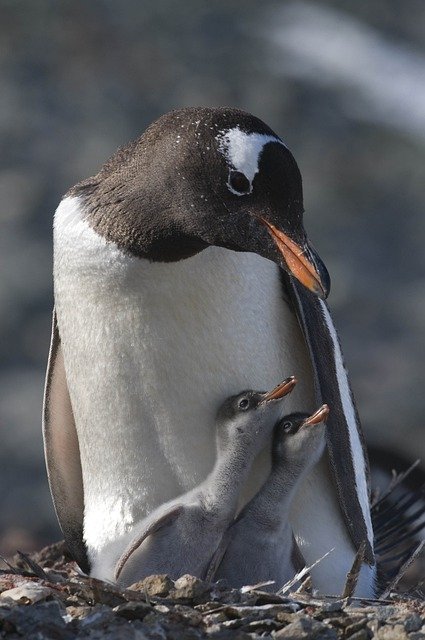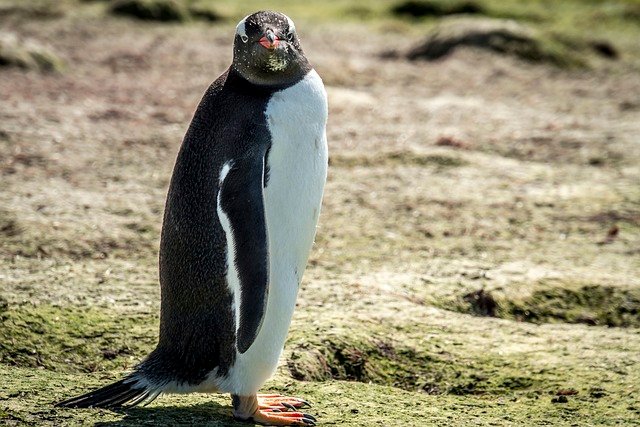
The Social Lives of Penguins: Understanding Their Unique Communication and Social Structures
Penguins are not just adorable creatures that waddle around on the ice; they are also fascinating social animals with complex communication systems and social structures. In this post, we will delve into the intricate social lives of these flightless birds, exploring how they interact with one another and the unique ways they communicate.
Communication: The Language of Penguins
Penguins have developed a variety of vocalizations and physical displays to communicate with each other. Each species has its own distinct calls, which can serve multiple purposes, such as:
- Mating Calls: During the breeding season, male penguins use specific calls to attract females. These calls often vary between species and can be quite elaborate.
- Chick Communication: Parent penguins and their chicks have unique vocalizations that help them recognize each other in crowded colonies. Chicks often have a distinct call that helps their parents locate them among hundreds of other chicks.
- Alarm Calls: Penguins also have alarm calls to warn others of potential threats, such as predators. These calls can alert the colony to danger and prompt a quick response.
Social Structures: A Community of Penguins
Penguins are highly social animals that live in large colonies, often numbering in the thousands. These colonies provide safety in numbers and are essential for breeding and rearing chicks. Here are some key aspects of their social structures:
1. Hierarchical Relationships
Within a colony, penguins establish social hierarchies. Dominant individuals may have priority access to food and mating opportunities. This hierarchy can influence social interactions, with more dominant penguins often displaying aggressive behaviors to assert their status.
2. Cooperative Breeding
Some penguin species, such as the Emperor Penguin, exhibit cooperative breeding behaviors. In these colonies, individuals may help care for chicks that are not their own, sharing the responsibility of protecting and feeding the young. This communal approach increases the survival chances of the chicks.
3. Bonding and Partnerships
Penguins are known for forming strong pair bonds, often mating for life. These partnerships are crucial for successful breeding, as they involve shared responsibilities in nest building, incubation, and chick rearing. The bonds between mates are reinforced through mutual preening and vocalizations.
Social Behavior: Play and Interaction
Beyond communication and breeding, penguins engage in various social behaviors that enhance their community ties:
- Play: Young penguins are often seen engaging in playful behaviors, such as sliding on ice or chasing each other. This play is essential for developing social skills and physical coordination.
- Grooming: Mutual preening is common among penguins, helping to strengthen social bonds and maintain feather health. Grooming sessions often serve as a form of social interaction and reassurance.
Conclusion
The social lives of penguins are rich and complex, characterized by intricate communication systems, hierarchical structures, and strong social bonds. Understanding these aspects of their behavior not only enhances our appreciation for these remarkable birds but also highlights the importance of conserving their habitats and ensuring their survival in a changing world.
As we continue to study and learn about penguins, we uncover the layers of their social dynamics, revealing that these charming birds are much more than meets the eye.
Feel free to share your thoughts or experiences with penguins in the comments below! 🐧💬

Upvoted! Thank you for supporting witness @jswit.
Downvoting a post can decrease pending rewards and make it less visible. Common reasons:
Submit
Downvoting a post can decrease pending rewards and make it less visible. Common reasons:
Submit